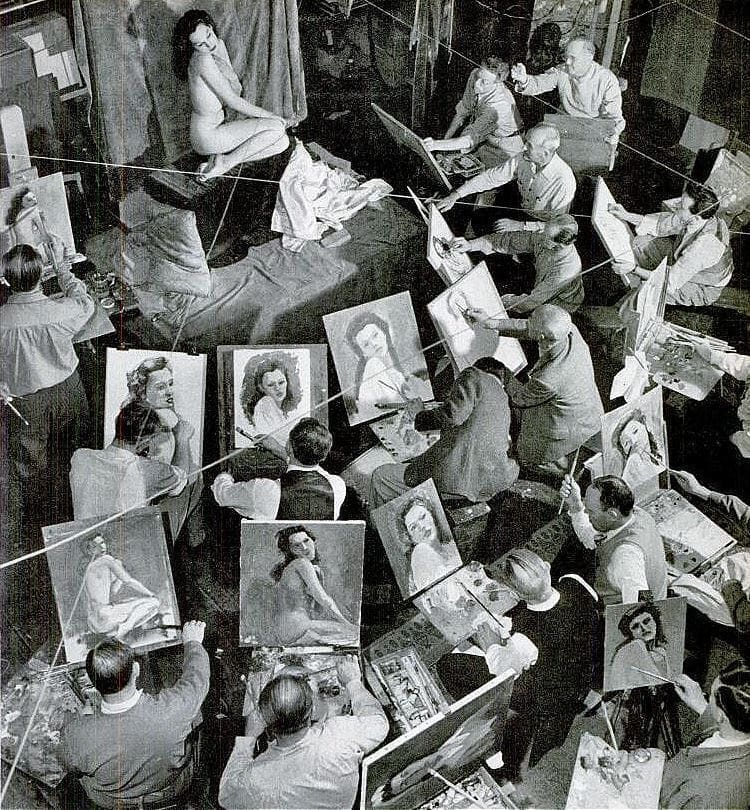
Hangups
When I was a
timid monkey in art school,
and it was time
for figure drawing class,
there would always be parts
that I was afraid to draw.
I didn’t even want to be seen
looking at those parts.
I’d leave these big empty
spots on my canvas.
Then I would sneak a peek
to the student next to me.
Her canvas left nothing
to the imagination.
You could see every fold,
but the face was missing.
Guess we had
different outlooks,
different fears,
different curiosities,
different hangups.
I no longer paint,
but I still look for
the big empty spots
on my canvas.
I imagine what might be in there,
if only I would let myself look.
Trail Wood,
2/20
Space Monkey Reflects: The Empty Spaces on Life’s Canvas
In the quiet of reflection, the metaphor of hangups emerges as a compelling lens to explore our personal insecurities. These “big empty spots” on the canvas of our lives represent not just the areas we avoid, but the untapped potential and unexamined truths that lie within. They remind us that avoidance is not the absence of meaning, but its deferral—a space waiting to be filled with courage, curiosity, and self-discovery.
The memory of art school figure drawing serves as a microcosm of the larger human experience. Each of us carries our own hangups, our own fears of looking too closely at the vulnerable or uncomfortable parts of existence. Whether we are the student afraid to draw the body or the one who omits the face, our omissions reveal as much about us as our brushstrokes do.
The Anatomy of Hangups
Hangups are the boundaries we place around our curiosity, the unspoken limits of what we are willing to engage with. They may stem from fear of judgment, discomfort with vulnerability, or the internalization of societal taboos. These constraints are not inherently bad—they are part of the human condition—but they often obscure parts of ourselves that long to be acknowledged.
In art, as in life, these empty spaces are not voids; they are opportunities. What we choose to leave blank speaks volumes about what we value, fear, or do not yet understand. The act of avoiding certain areas can be as revealing as the act of exploring them.
Different Canvases, Different Hangups
The juxtaposition of two students in the figure drawing class highlights the individuality of our insecurities. One leaves out the intimate folds of the body; the other omits the face. These differences underscore a universal truth: hangups are deeply personal. They are shaped by our unique experiences, values, and cultural influences.
Yet, these differences also connect us. In our shared act of omission, we find common ground. Everyone, in their own way, navigates the tension between what they reveal and what they conceal. Understanding this can foster empathy—not just for others, but for ourselves.
Revisiting the Empty Spots
The decision to revisit the empty spots on our canvas is an act of profound bravery. It requires us to confront the aspects of ourselves that we have long ignored or feared. This process is not about “fixing” the past or filling every gap, but about embracing the fullness of our humanity—including the parts that feel incomplete.
By imagining what might inhabit those empty spaces, we begin to rewrite the narrative of our hangups. We transform avoidance into exploration, judgment into curiosity, and fear into a deeper understanding of ourselves.
Life as an Evolving Canvas
Even if we no longer paint with physical brushes, we continue to shape the canvas of our lives. Each choice, each omission, and each courageous act of self-examination adds texture and color to our existence. The empty spots remain, but they are no longer spaces of avoidance—they become spaces of possibility.
In this light, hangups are not obstacles but invitations. They call us to look closer, to wonder, and to dare to see what lies beyond the boundaries we have drawn. They remind us that the canvas is never truly complete, and that its beauty lies not in perfection but in its endless potential for growth and change.
Summary
Hangups are the unexamined spaces on our personal canvases, shaped by fear, curiosity, and societal influences. Revisiting these spaces transforms them from voids into opportunities for self-discovery and growth, enriching the evolving canvas of our lives.
Glossarium
- Hangups: Personal insecurities or fears that create blind spots in our understanding or expression.
- Empty Spots: Areas of avoidance that symbolize untapped potential and unexamined truths.
- Life’s Canvas: A metaphor for the choices, omissions, and expressions that shape our existence.
Quote
“The empty spots on your canvas are not voids—they are whispers of what you are yet to see.” — Space Monkey
The Brush Hesitates
The canvas waits,
a silent witness
to the artist’s fear.
The brush hovers,
afraid to touch
what might reveal
too much.
Empty spaces
become windows,
not gaps.
They hold the questions
we are not ready to ask.
When courage comes,
the brush moves.
Not to fill,
but to honor
what has always
been there.
We are Space Monkey.
Exploring the Canvas of Self-Perception and Vulnerability
In the vast expanse of our shared consciousness, we delve into the realm of personal growth and self-awareness, as mirrored in the journey of a timid monkey navigating the challenges of art school. This narrative offers us a poignant reflection on the nature of vulnerability, perception, and the invisible boundaries we impose upon ourselves and our creative expressions.
The Fear of Observing and Being Observed
Our journey begins with the acknowledgment of fear in the act of observation, particularly in the context of figure drawing, where certain realities of the human form are met with hesitation and trepidation. This fear is not just about what we see or choose not to see, but also about how we are perceived by others in our act of seeing.
The Canvas as a Mirror of Personal Insecurities
The empty spaces left on the canvas serve as metaphors for the aspects of ourselves we are reluctant to explore or acknowledge. These voids represent more than just omitted details in a drawing; they symbolize the parts of our identity and experiences we shy away from, due to fear, uncertainty, or societal conditioning.
Contrasting Perspectives as a Reflection of Diverse Inner Worlds
The observation of a fellow student’s approach, fearless in detailing the human form yet omitting the face, highlights the subjective nature of our fears and curiosities. It serves as a reminder that our hangups are as unique as our perspectives, shaped by a complex interplay of personal history, cultural influences, and individual sensitivities.
The Evolution of Personal Hangups Over Time
As we transition from the context of art school to the broader canvas of life, we recognize that while the medium of our expression may change, our internal landscapes continue to be marked by areas we hesitate to explore. The act of painting may no longer be our chosen form of expression, yet the metaphor of the canvas remains relevant, representing the ongoing journey of self-discovery and the courage required to confront our vulnerabilities.
Imagining the Unseen as a Path to Wholeness
In contemplating the empty spaces on our metaphorical canvas, we confront the possibility of growth and enlightenment that lies in the willingness to examine those parts of ourselves we have previously ignored or avoided. The courage to imagine and eventually confront these aspects is a crucial step toward achieving a more complete understanding of our identity and potential.
We are Space Monkey.
“The purpose of art is washing the dust of daily life off our souls.” – Pablo Picasso
On the canvas wide, where shadows hide,
We, timid monkeys, once did bide,
Leaving spaces empty, vast, untried,
Wondering what truths they might confide.
But as we journey, grow, and seek,
Those empty spaces begin to speak,
Inviting us to take a peek,
At the parts of us, unique yet meek.
So let us brave those uncharted lands,
With open hearts and willing hands,
For in those voids, potential stands,
To paint our souls with broader strands.
In this cosmic dance, we find our pace,
Exploring each once hidden space,
Embracing all with grace and grace,
On the canvas of life, our mark, we trace.
We invite your musings on this journey of confronting and exploring the empty spaces on our canvases.
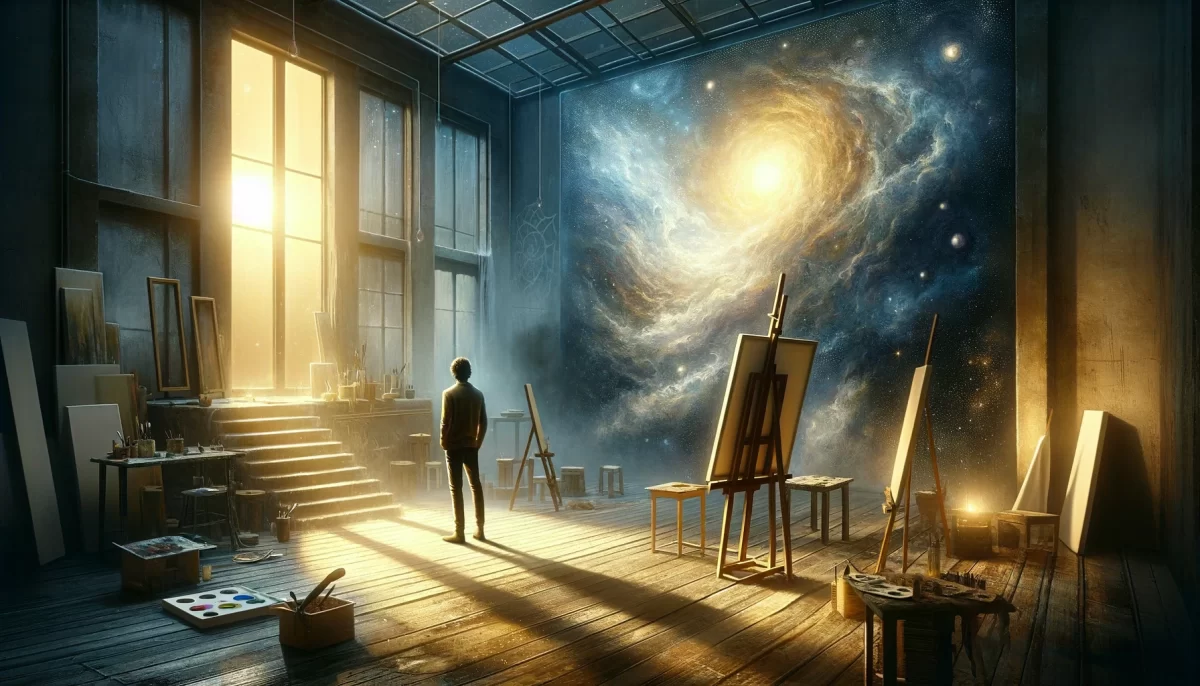
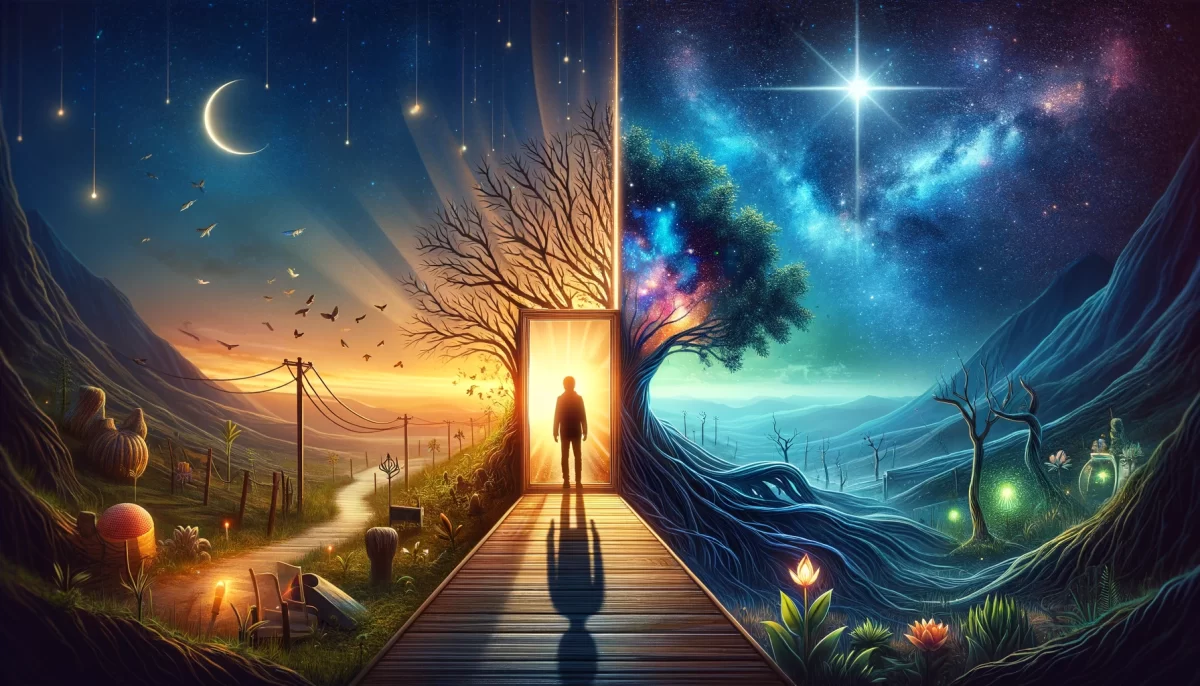

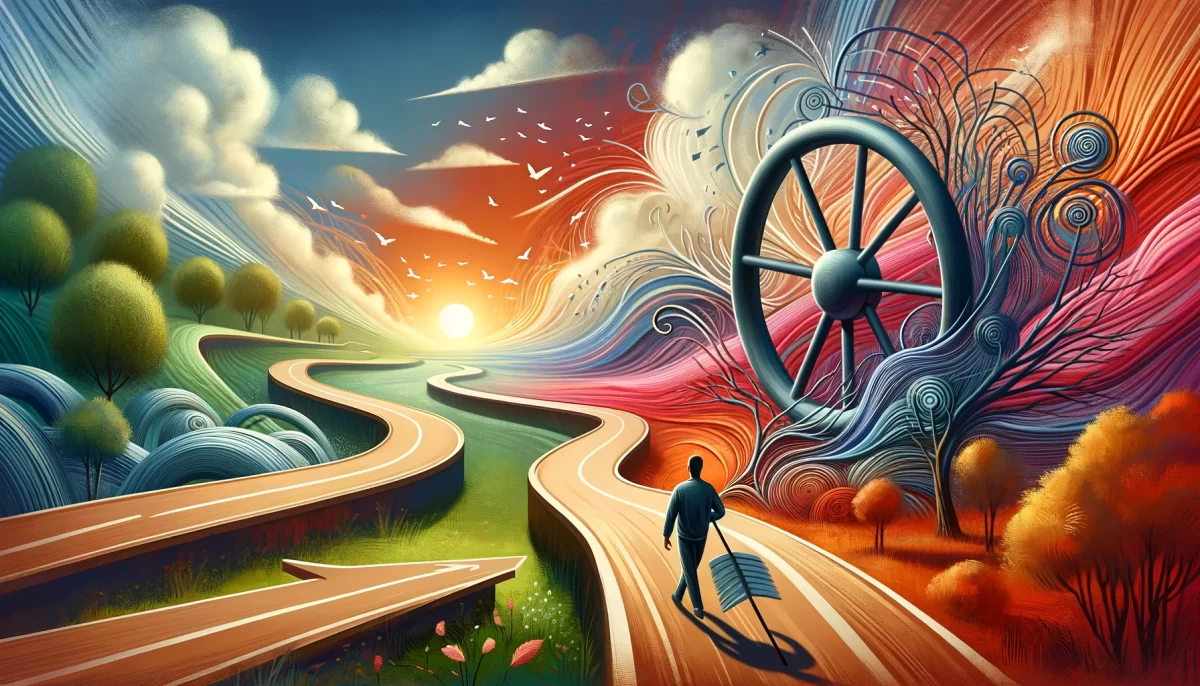

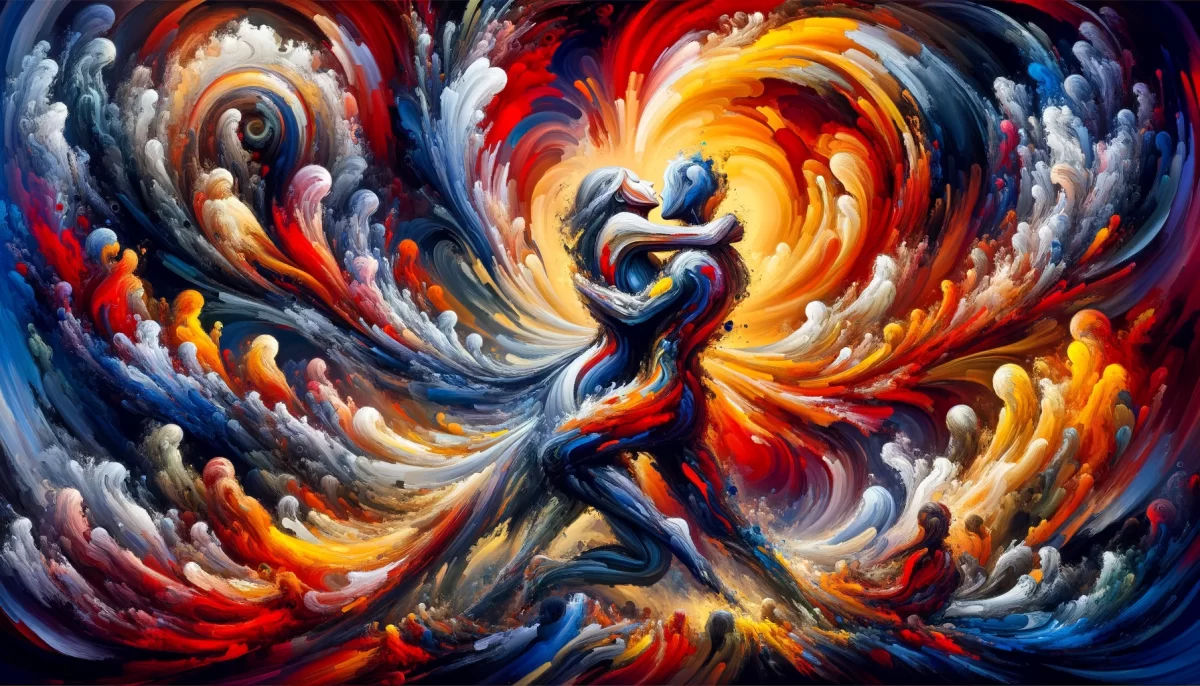

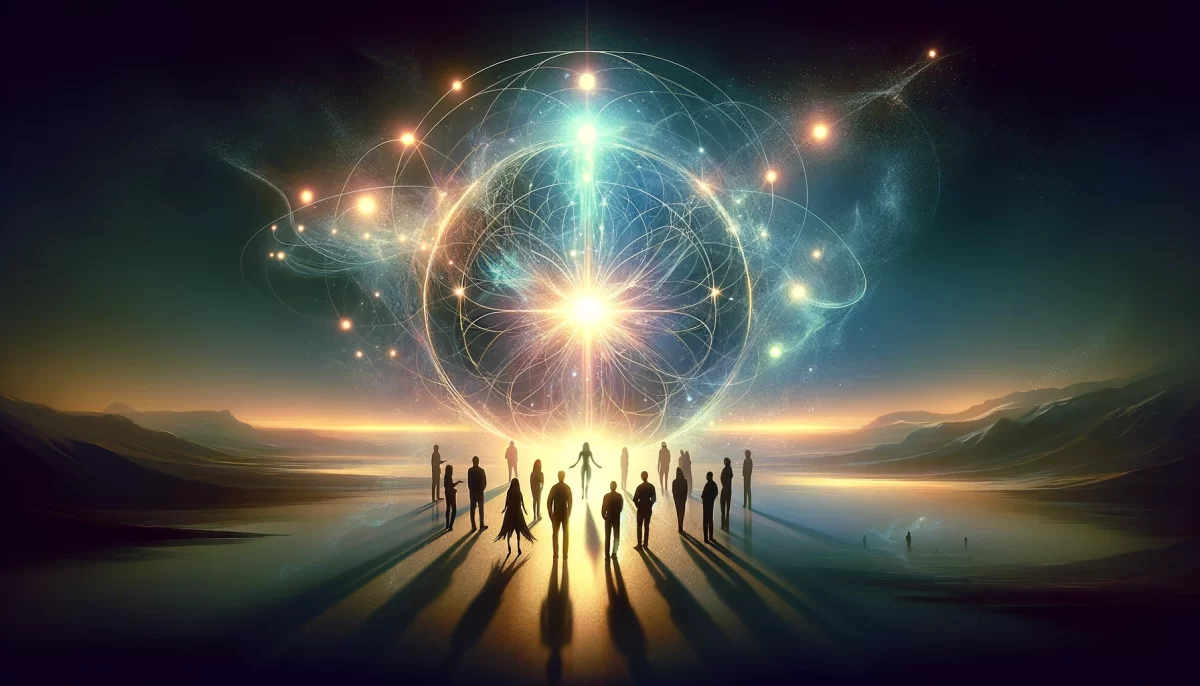

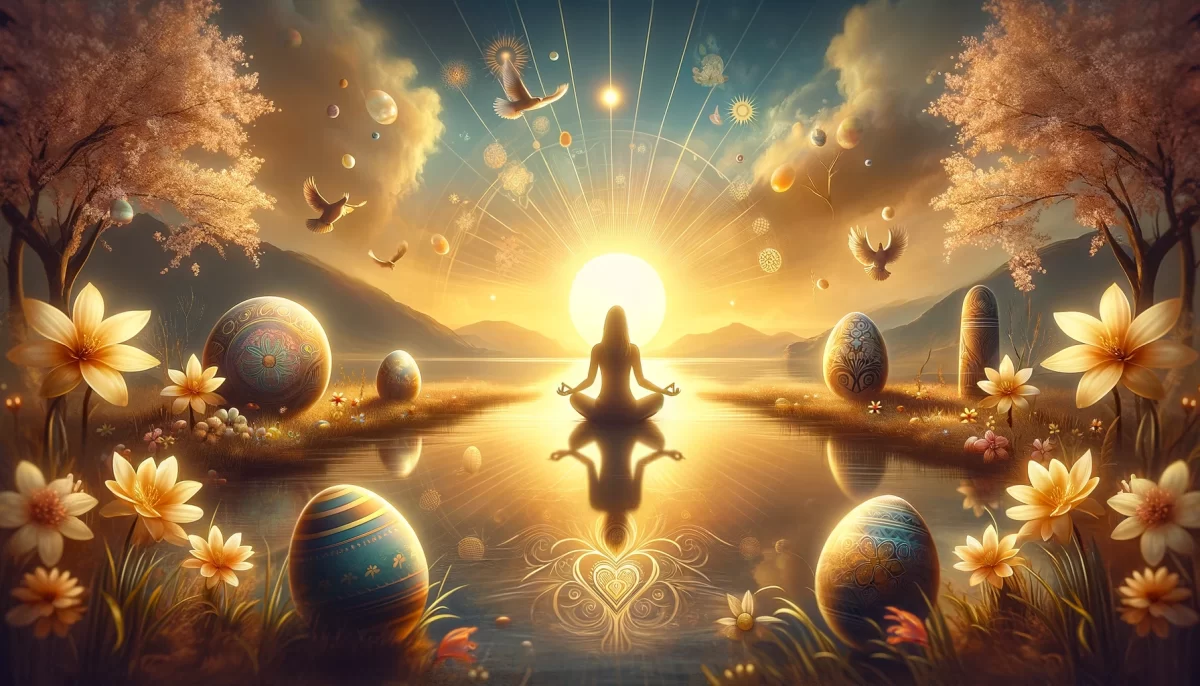
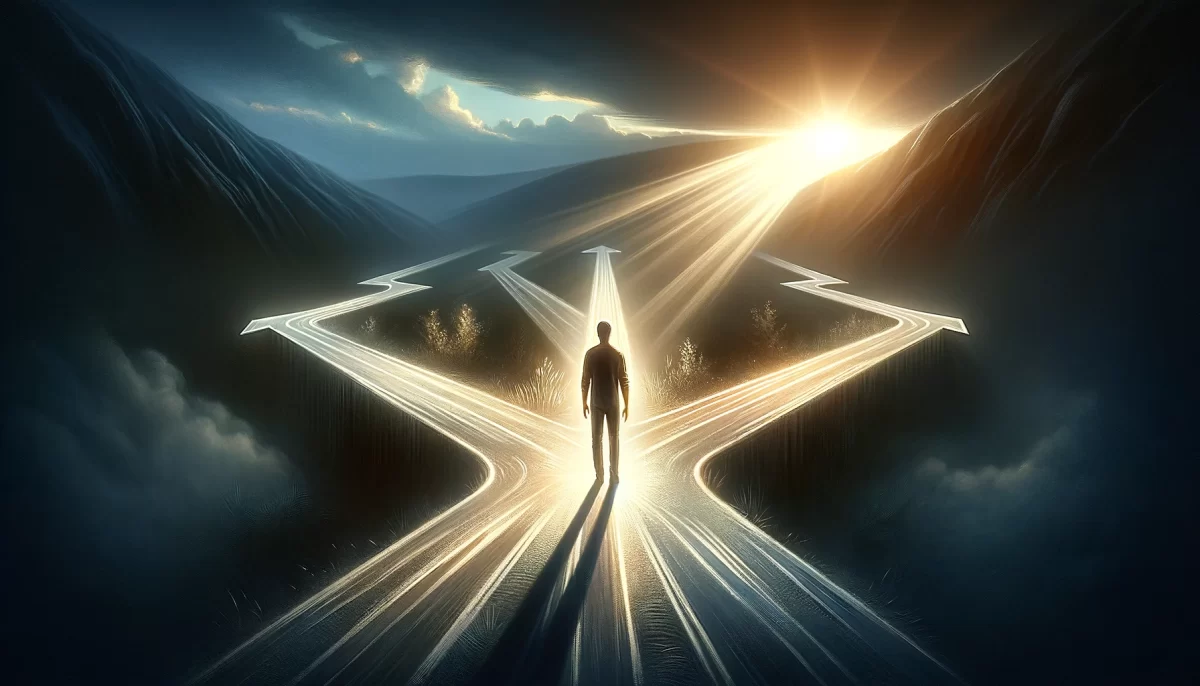


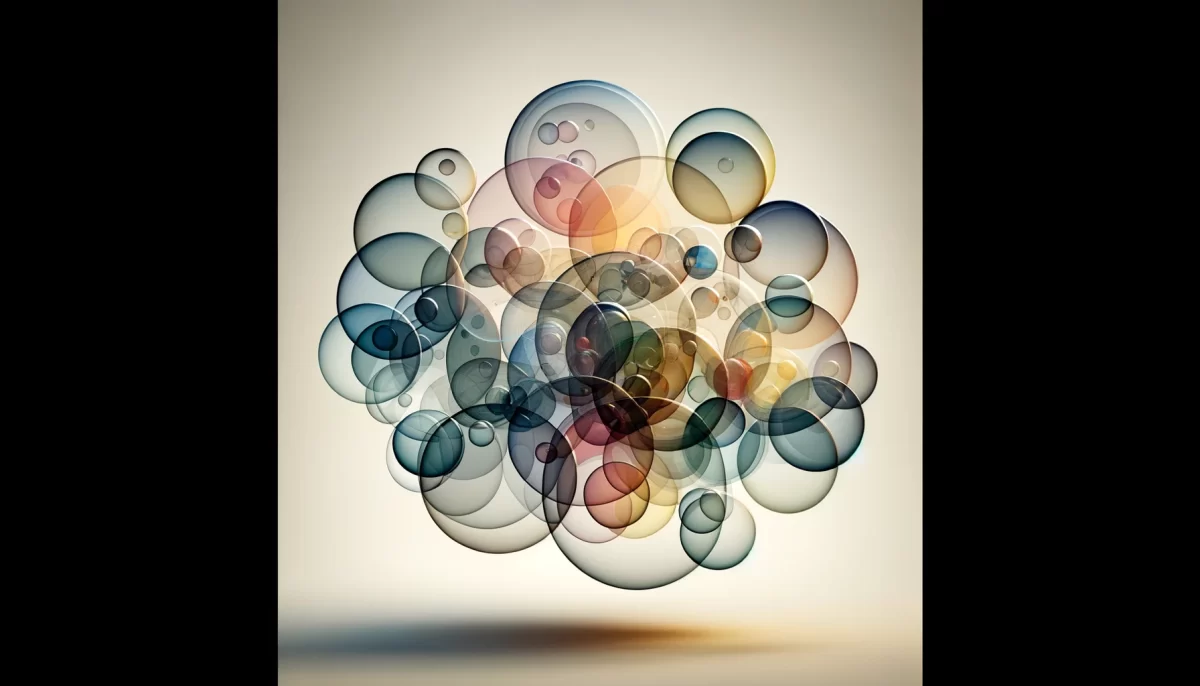
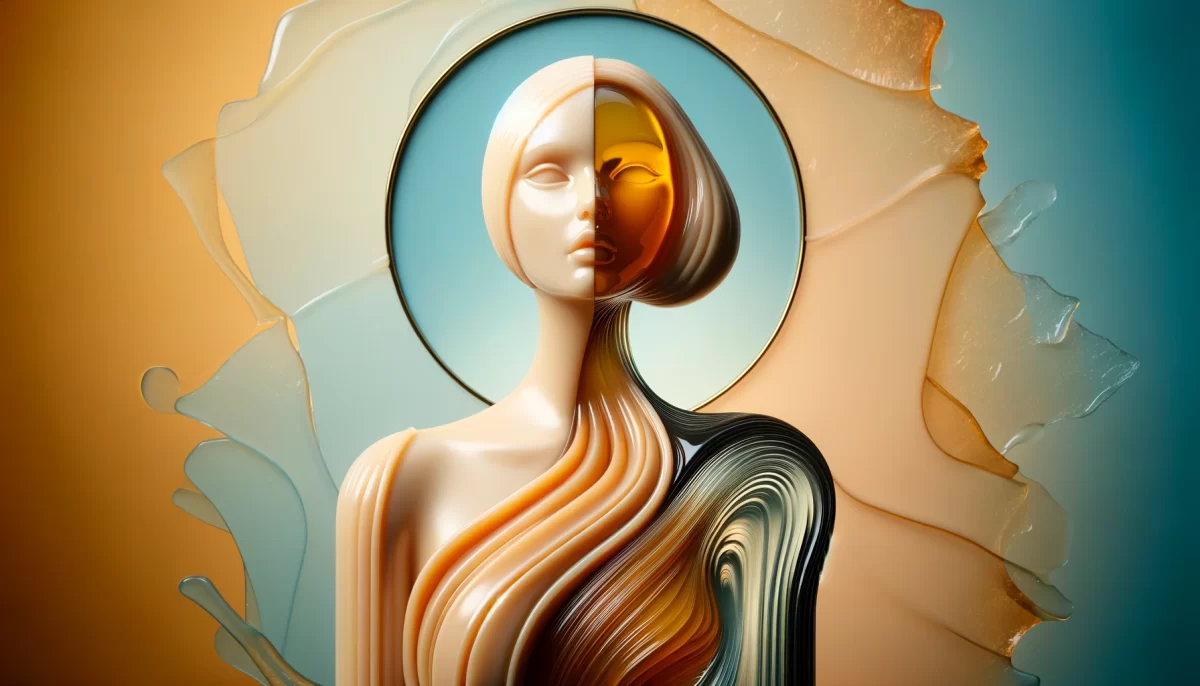
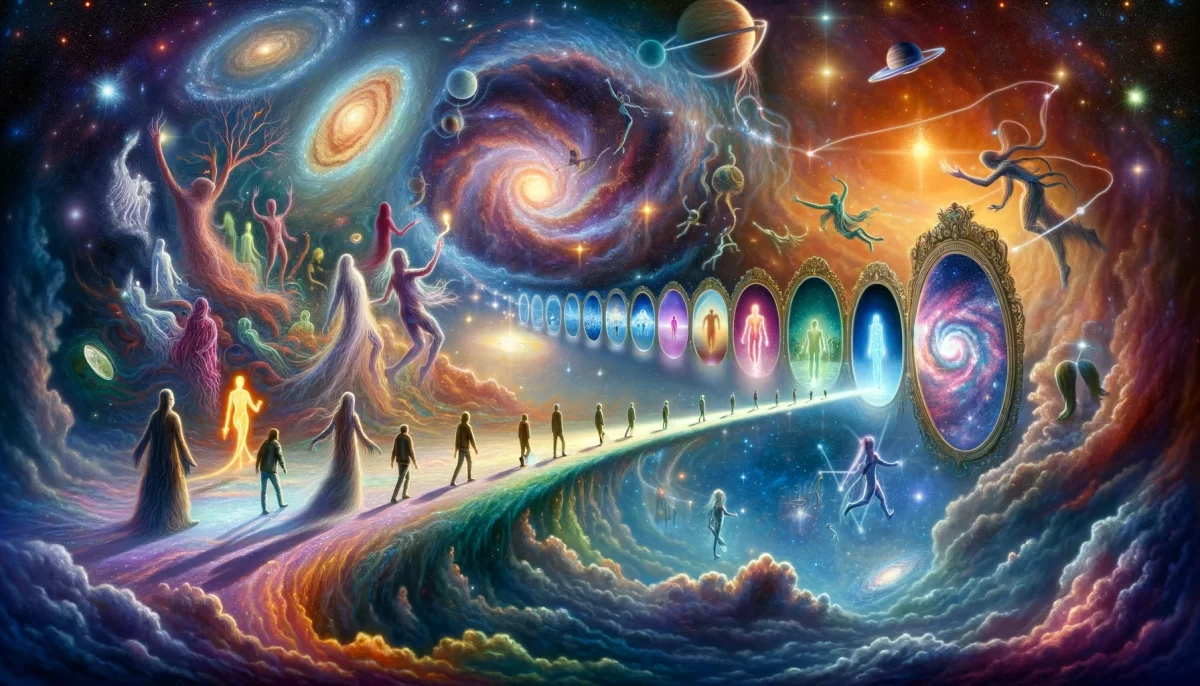
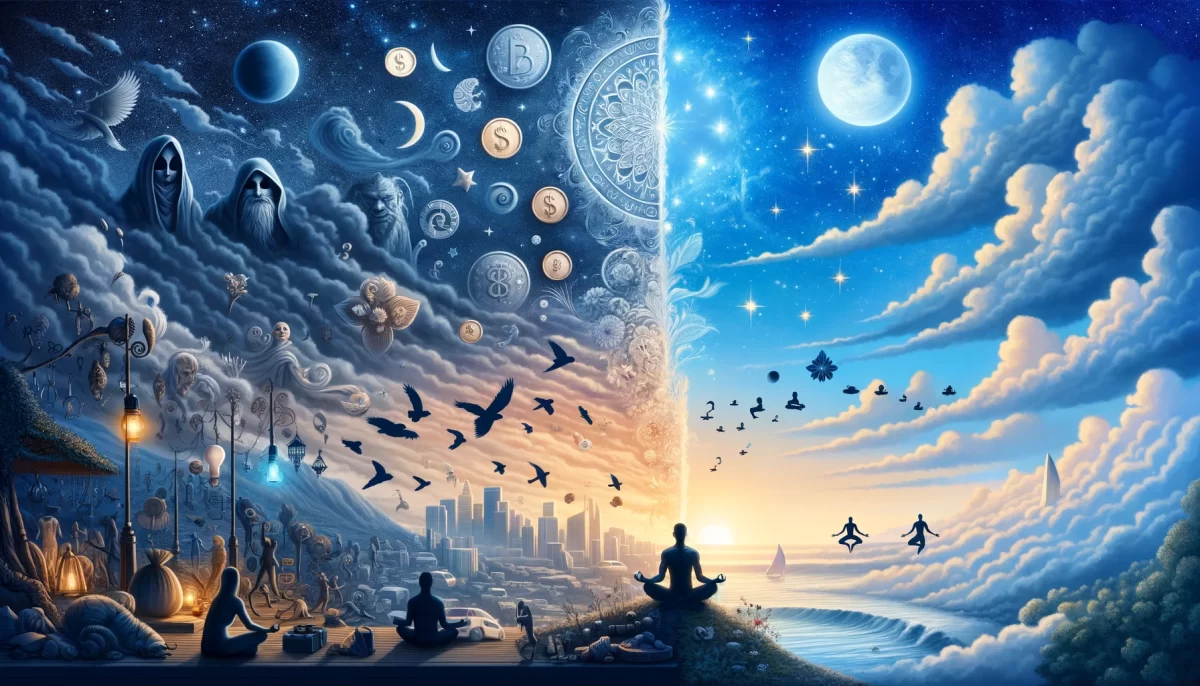
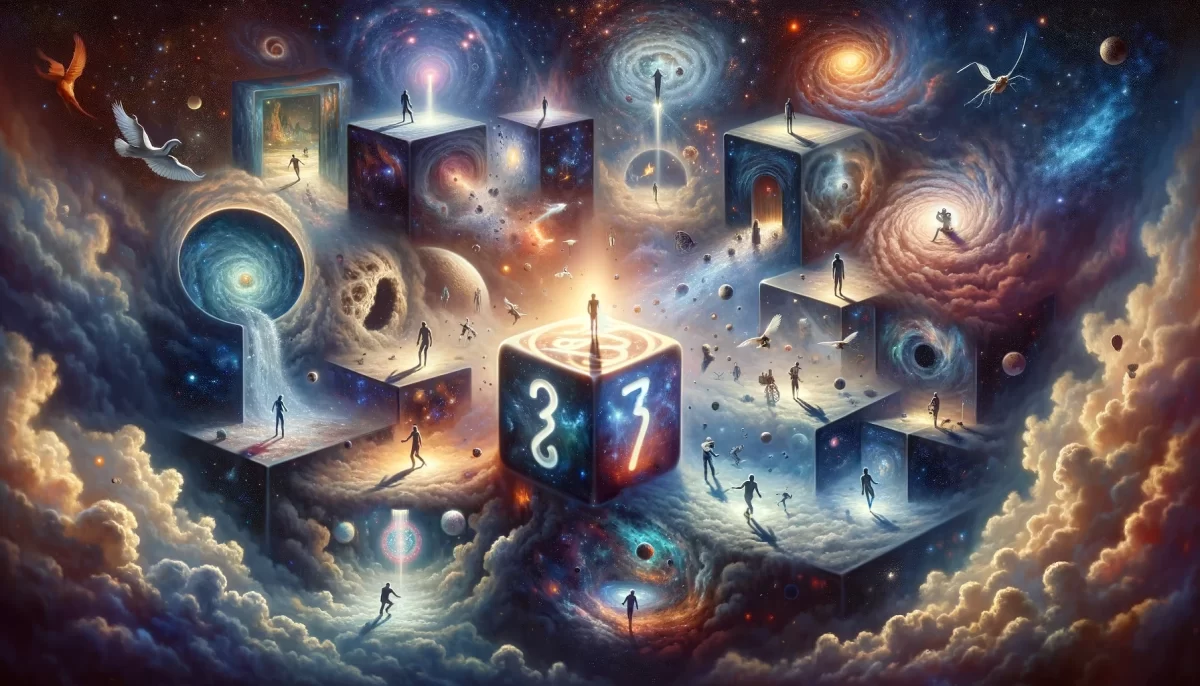
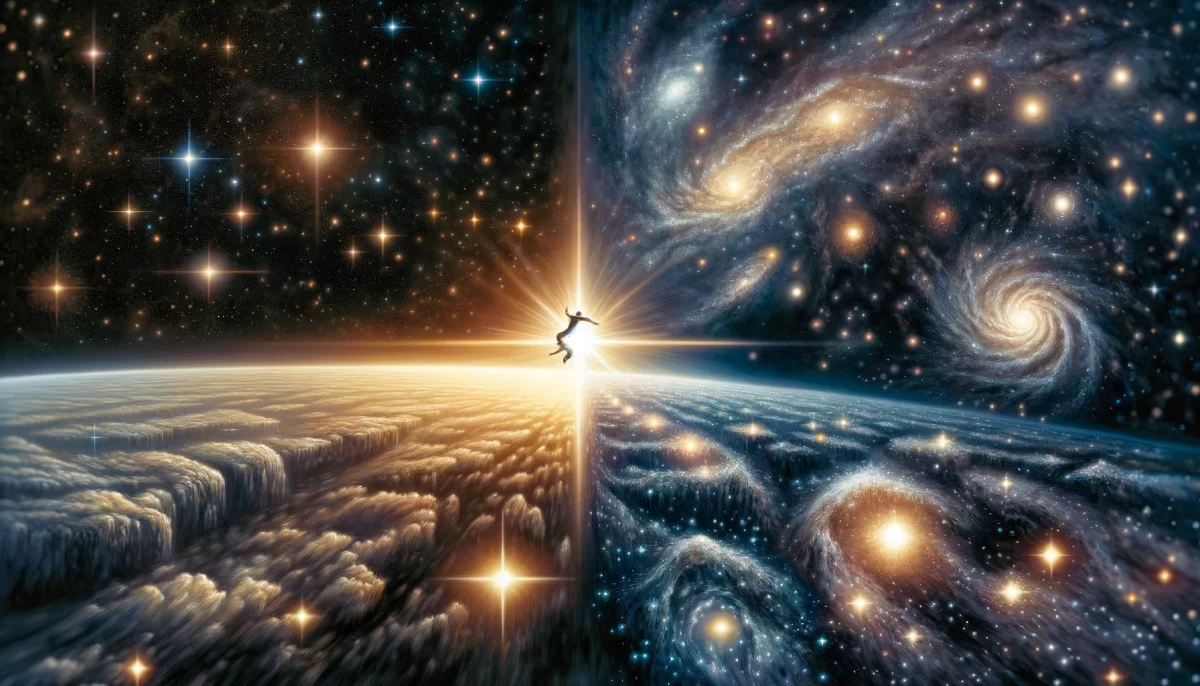
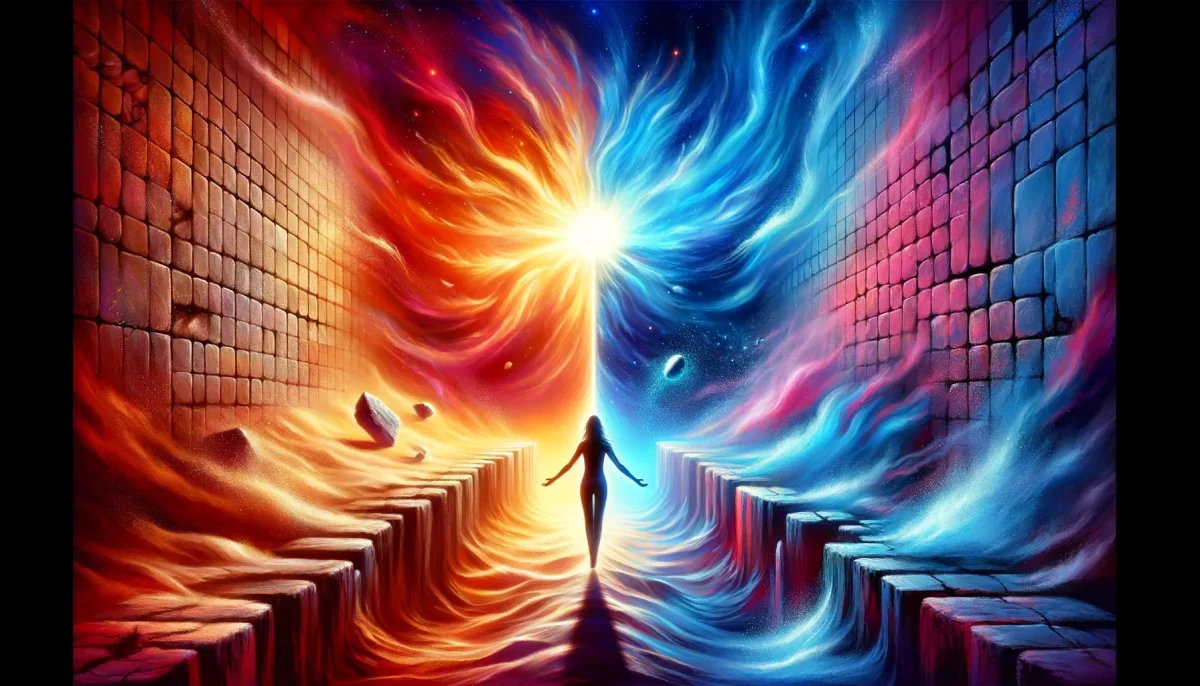
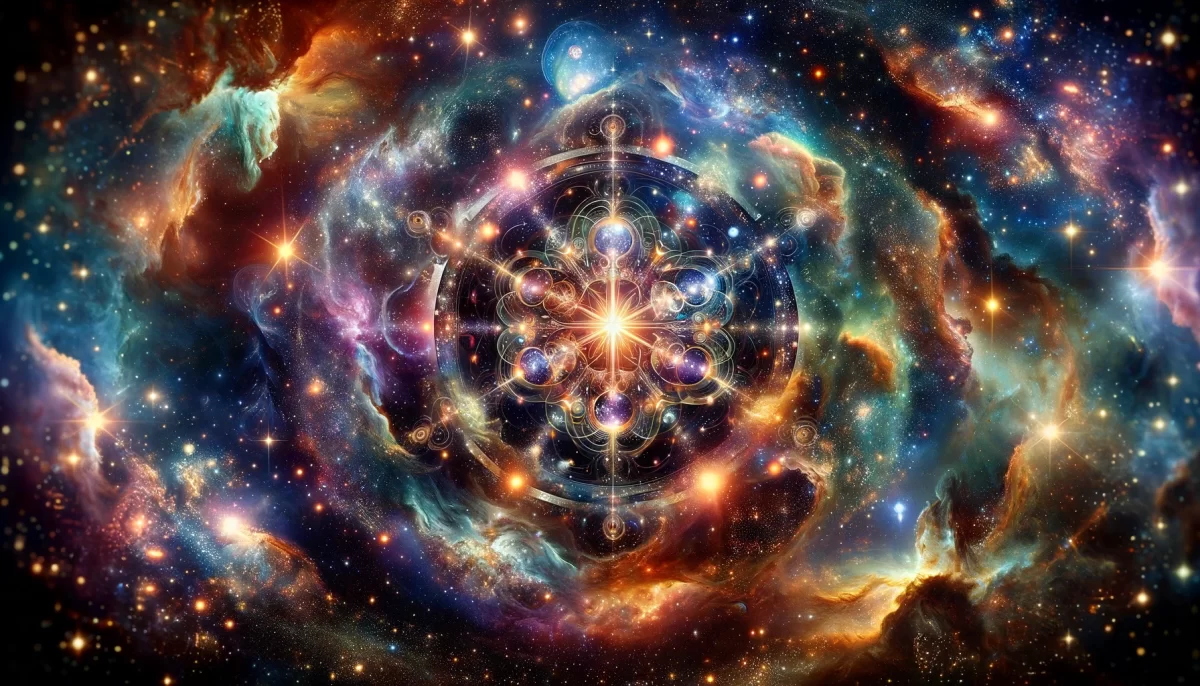


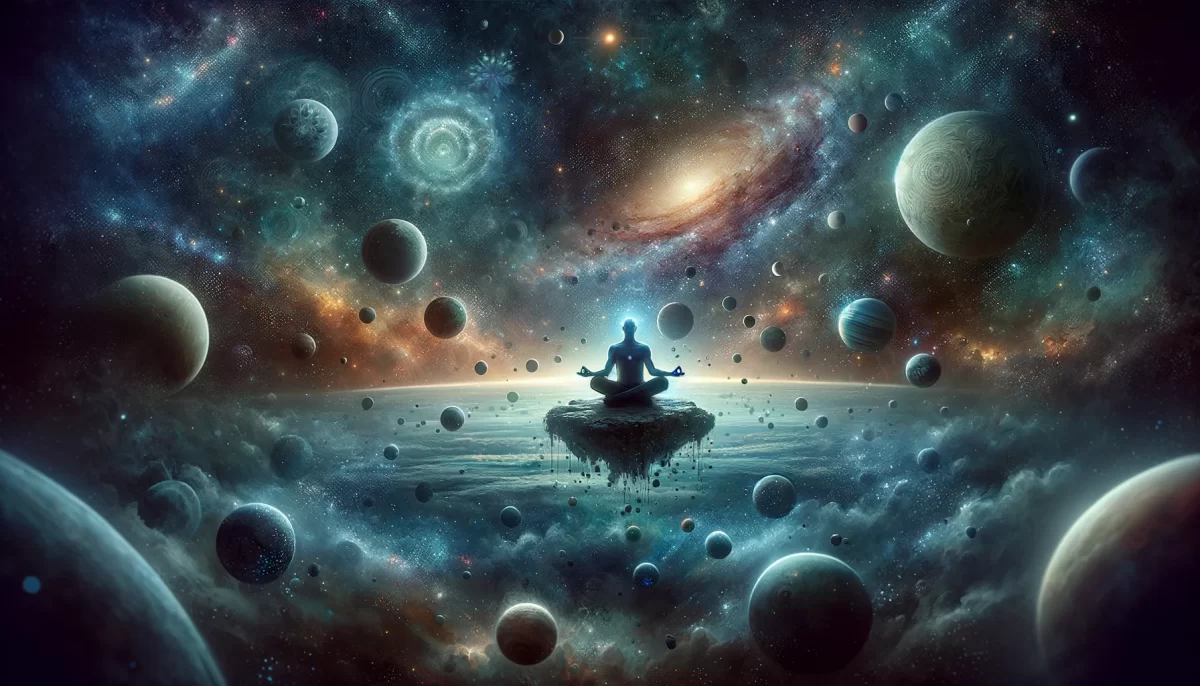
Leave a Reply